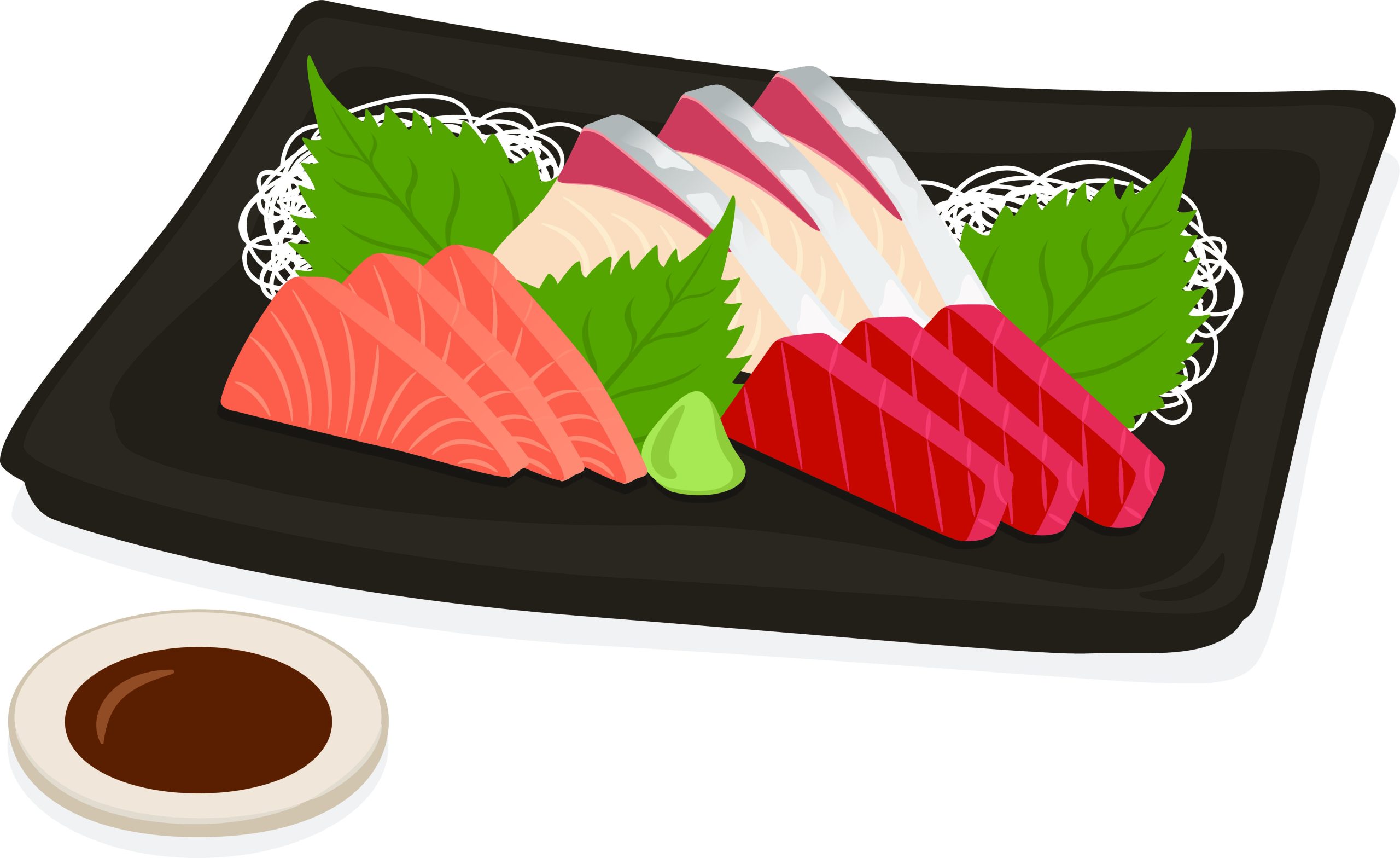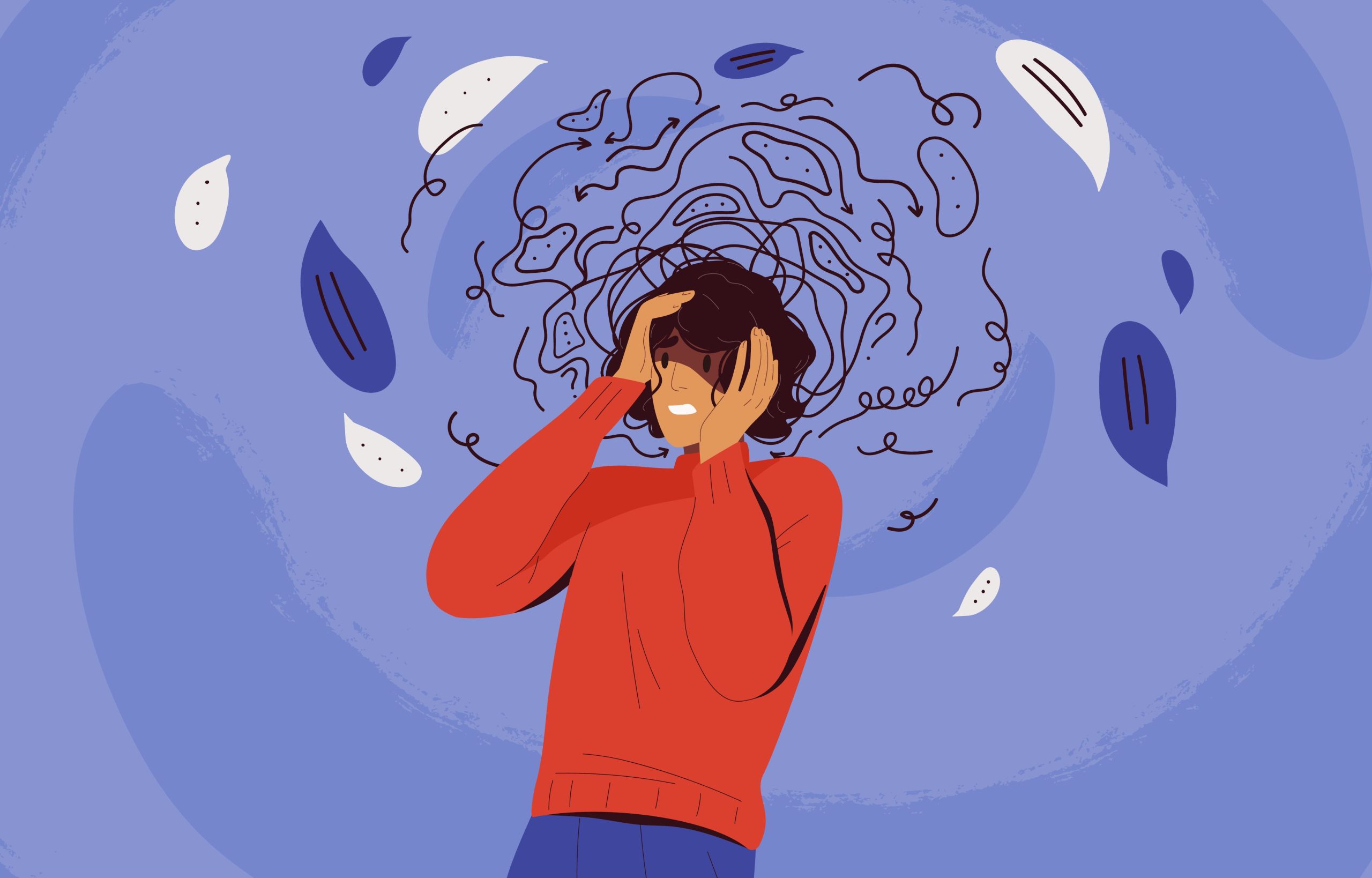It is important to be aware of potential risks when eating raw fish such as sushi, sashimi or other dishes containing raw seafood.
Although eating raw fish can seem risky, there are many ways to reduce the risk while still enjoying your favorite dishes.
Potential Health Risks from Raw Fish
Two main types of infections that can result from eating raw salmon are bacterial and parasitic infections .
Bacterial Infections
Harmful Bacteria Raw fish contains:
- E. Coli
- Staphylococcus aureus
- Salmonella spp.
- Listeria spp.
- Vibrio spp.
- Clostridium spp.
The infections are rare and usually caused by poor food handling. Even so, those with weaker immunity systems or at higher risk (older adults and children, HIV-positive people, pregnant women, etc.) should avoid eating raw fish.
Revealed: little-known facts about political families Limelight Media
The following symptoms are associated with bacterial food poisoning:
- upset stomach
- nausea
- diarrhea
- vomiting
Seek medical attention if you have bloody diarrhea or a high fever (102+degF) after eating raw salmon.
Parasitic Infections
Although parasites are less common than bacterial and viral infections, they can still occur. This is especially true in areas with a large raw food culture.
The common parasites found in raw fish are:
- roundworms
- tapeworms
- liver flukes
A parasitic infection can cause symptoms that are not immediately noticeable, but over time, it may become more serious.
As an example, infections of the tapeworm can present as mild fatigue or discomfort. However, the tapeworm may steal nutrients and cause a vitamin shortage.
Roundworm-associated diseases can be severe and cause:
- stomach pain,
- vomiting
- appetite loss
- fever
- swelling
- itching
- lesions or rashes on the skin
See a doctor if you have any of these symptoms or are worried about an infection.
Toxic Pollutants
Some fish can also contain harmful toxins, such as polychlorinated bisphenyls and polybrominated Diphenyl Esters (PBDEs).
A high intake of these pollutants can increase your risk for chronic diseases, such as cancer or type 2 diabetes.
Cooking may reduce the presence of these toxic substances, but it does not necessarily eliminate them.
Eating Raw Fish Safely
Despite all of this, you can still eat raw salmon while minimizing your risk of infection.
- Purchase fish from a reliable source.
- Eat only fish that is frozen. (-4degF over a period of a week can kill parasites but household freezers are not always cold enough).
- Check for fish with unusual colors, textures, and smells.
- Fresh fish will only stay fresh for a couple of days, even if it is kept on ice. The sooner you can consume it, the better.
- Do not leave the food out of the fridge for more than one hour. At room temperature, bacteria can multiply quickly.
- Avoid cross-contamination. Separate cutting boards, plates and utensils are needed for raw fish, as well as other foods.
- Before and after handling raw seafood, wash your hands thoroughly using soap and water.
If in doubt, toss it. Don’t risk it if you are not sure whether the fish has been handled properly or is fresh.







